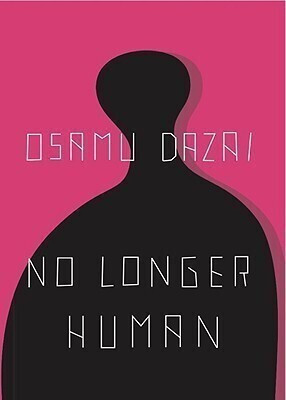
IGNOU BFEE 101 Elective on HIV / AIDS | Guess Paper | Important Question Answer |Diploma in HIV and Family Education (DAFE) (Paperback, BMA Publication)
Share
IGNOU BFEE 101 Elective on HIV / AIDS | Guess Paper | Important Question Answer |Diploma in HIV and Family Education (DAFE) (Paperback, BMA Publication)
Be the first to Review this product
Special price
₹252
₹399
36% off
Coupons for you
T&C
Available offers
T&C
Delivery
Check
Enter pincode
Delivery by10 May, Saturday|Free
?
if ordered before 10:59 PM
View Details
Highlights
- Binding: Paperback
- Publisher: BMA Publication
- ISBN: 9788322184196
- Edition: Latest, 2024
- Pages: 80
Services
- Cash on Delivery available?
Seller
Description
Advanced Epidemiology of HIV/AIDS: Delving deeper into the epidemiology of HIV/AIDS, including trends in global HIV prevalence, incidence, and mortality rates. Analyzing regional variations in HIV/AIDS epidemiology and identifying key populations disproportionately affected by HIV.
HIV/AIDS Prevention Strategies: Examining advanced strategies for HIV/AIDS prevention, including biomedical interventions (such as treatment as prevention and HIV vaccines), structural interventions (such as policy and legal reforms), and combination prevention approaches tailored to specific populations and contexts.
HIV/AIDS Treatment Optimization: Exploring recent advances in HIV/AIDS treatment, including new antiretroviral drugs, treatment regimens, and drug delivery systems. Analyzing strategies for optimizing HIV treatment outcomes, enhancing treatment adherence, and addressing barriers to accessing and sustaining treatment.
HIV/AIDS Co-Infections and Co-Morbidities: Investigating the intersection of HIV/AIDS with other infectious diseases (such as tuberculosis, viral hepatitis, and sexually transmitted infections) and non-communicable diseases (such as cardiovascular disease, diabetes, and mental health disorders). Analyzing integrated approaches to managing co-infections and co-morbidities in people living with HIV/AIDS.
HIV/AIDS and Gender-Based Violence: Examining the linkages between HIV/AIDS and gender-based violence, including intimate partner violence, sexual violence, and transactional sex. Exploring the impact of gender-based violence on HIV transmission, treatment adherence, and access to HIV services. Analyzing integrated interventions to address gender-based violence within HIV/AIDS programs.
HIV/AIDS and Key Populations: Focusing on specific key populations at higher risk of HIV transmission and acquisition, such as men who have sex with men (MSM), transgender individuals, sex workers, people who inject drugs (PWID), and incarcerated populations. Exploring tailored prevention, treatment, and care interventions for key populations, including harm reduction approaches and human rights-based programming.
HIV/AIDS and Adolescent Health: Investigating the unique challenges and vulnerabilities faced by adolescents and young people in relation to HIV/AIDS, including issues related to sexuality, sexual health education, HIV testing, and access to HIV prevention and treatment services. Analyzing adolescent-friendly approaches to HIV/AIDS programming and youth engagement in HIV advocacy.
HIV/AIDS and Mental Health: Exploring the bidirectional relationship between HIV/AIDS and mental health, including the impact of HIV/AIDS-related stigma, discrimination, and social isolation on mental well-being. Analyzing integrated approaches to addressing mental health needs among people living with HIV/AIDS, including psychosocial support, counseling, and mental health screening.
HIV/AIDS and Aging: Investigating the intersection of HIV/AIDS and aging, including the growing population of older adults living with HIV/AIDS (the "graying" of the HIV epidemic). Exploring age-related challenges in HIV/AIDS management, including co-morbidities, polypharmacy, and social support needs. Analyzing age-responsive approaches to HIV/AIDS care and support for older adults.
HIV/AIDS Policy and Advocacy: Examining policy and advocacy efforts aimed at advancing HIV/AIDS prevention, treatment, and care agendas at local, national, and global levels. Analyzing advocacy strategies for mobilizing resources, promoting political commitment, and challenging discriminatory laws and policies affecting people living with HIV/AIDS and key populations.
Read More
Specifications
Book Details
| Publication Year |
|
| Book Type |
|
| Exam |
|
| Number of Pages |
|
University Books Details
| Stream |
|
| Degree/Diploma |
|
| Specialization |
|
Additional Features
| Age Group |
|
In The Box
|
Have doubts regarding this product?
Safe and Secure Payments.Easy returns.100% Authentic products.
Back to top




